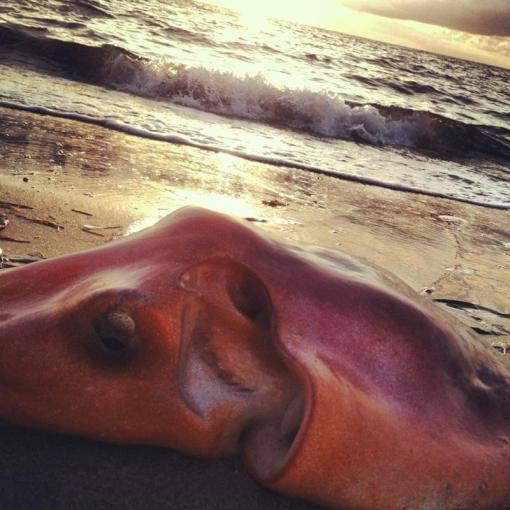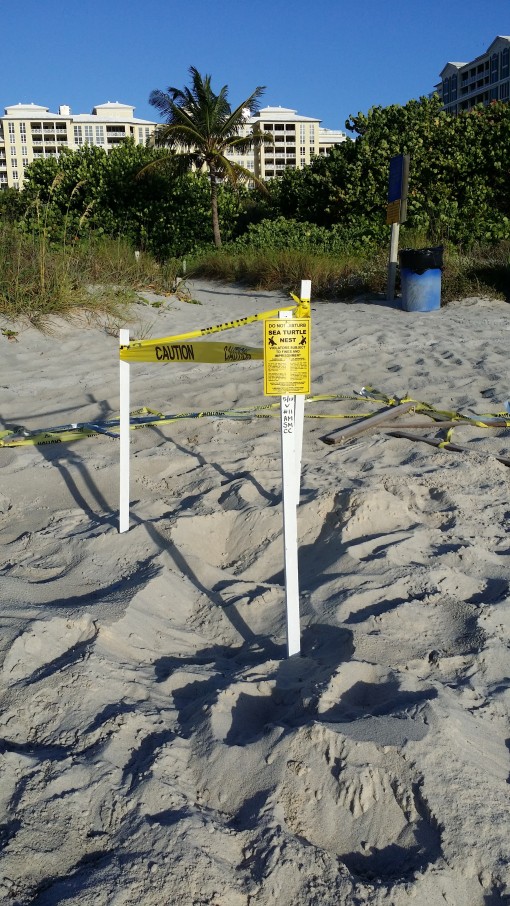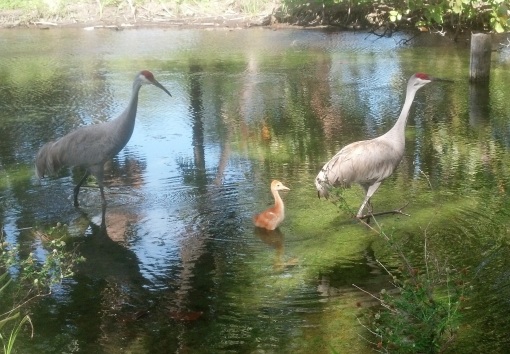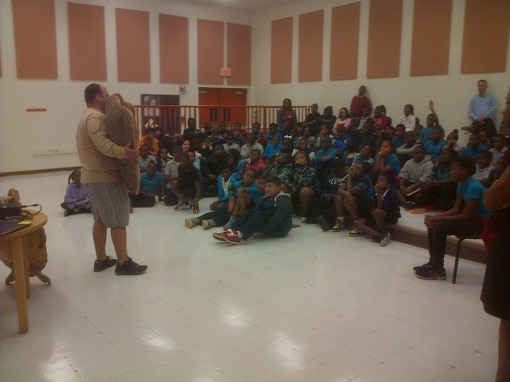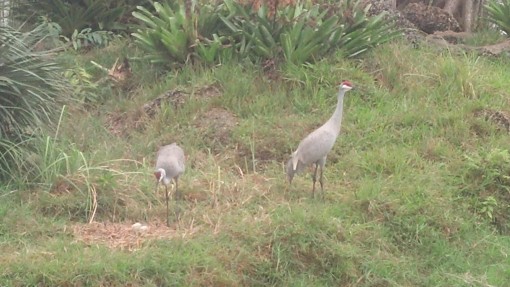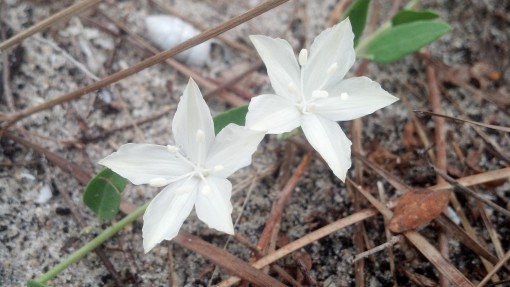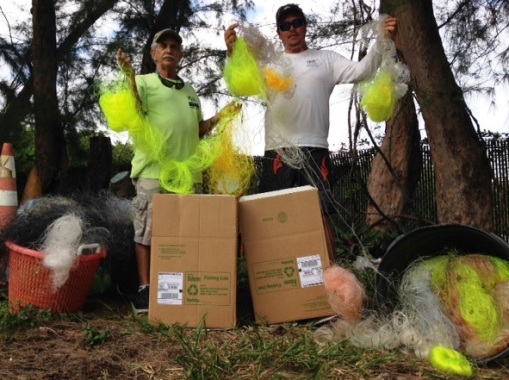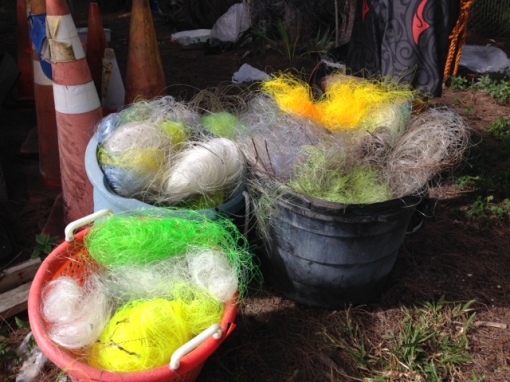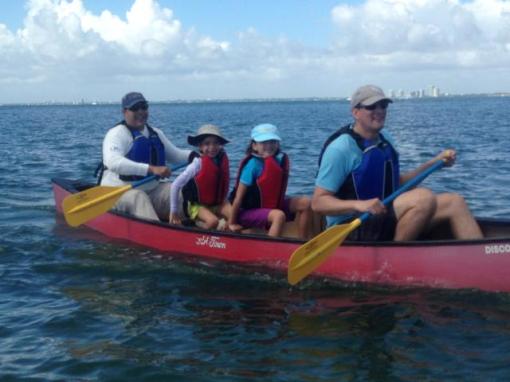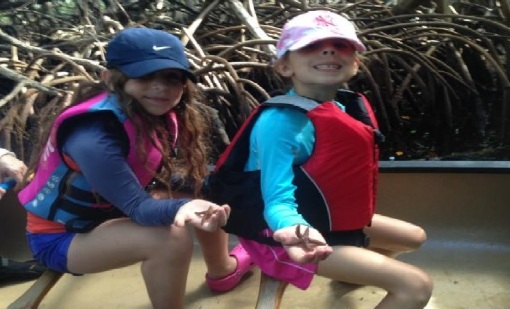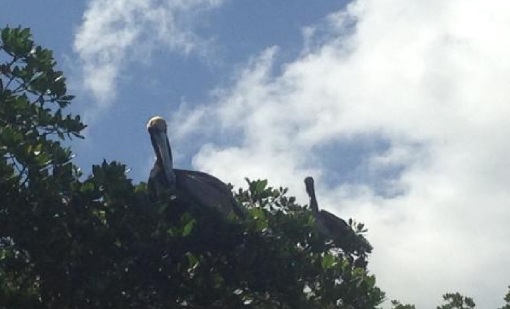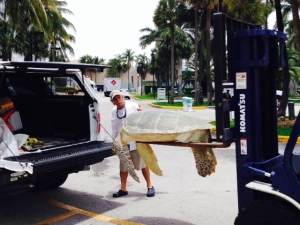
Miami Dade’s Sea Turtle Permit holder Bill Ahern is assisted by marina staff in loading this big girl into the Turtle Truck
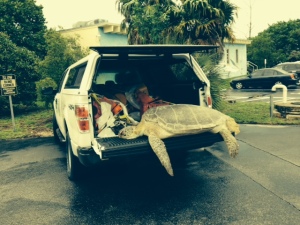
This enormous female will head to the National Marine Fisheries Service where a necropsy will be preformed to determine the cause of death.
Miami Dade’s Sea Turtle Rangers are not only responsible for surveying beaches for nests during the nesting season, but also the rescue of any injured turtles, as well as salvage of any dead turtles. Data from all the activities of the Sea Turtle Program is sent to state organizations to help manage and protect the turtles. It is very rare for the staff to encounter a green turtle of such a massive size, and equally odd for there to be no apparent cause of death. It’ll be up to the National Marine Fisheries Service to perform a necropsy (an autopsy performed on an animal) on this poor girl and figure out what exactly what ended the life of this beautiful animal. Our thanks goes out to the Dock master of Miami Beach’s 5th Street Marina for assisting the Sea Turtle staff with this hefty mission. We couldn’t have done it without you!
